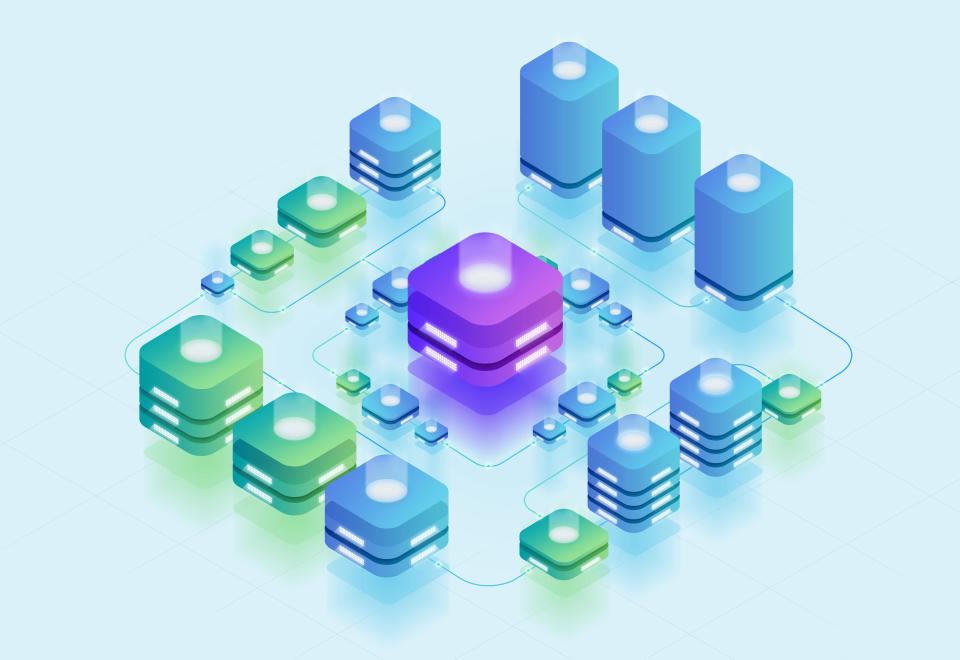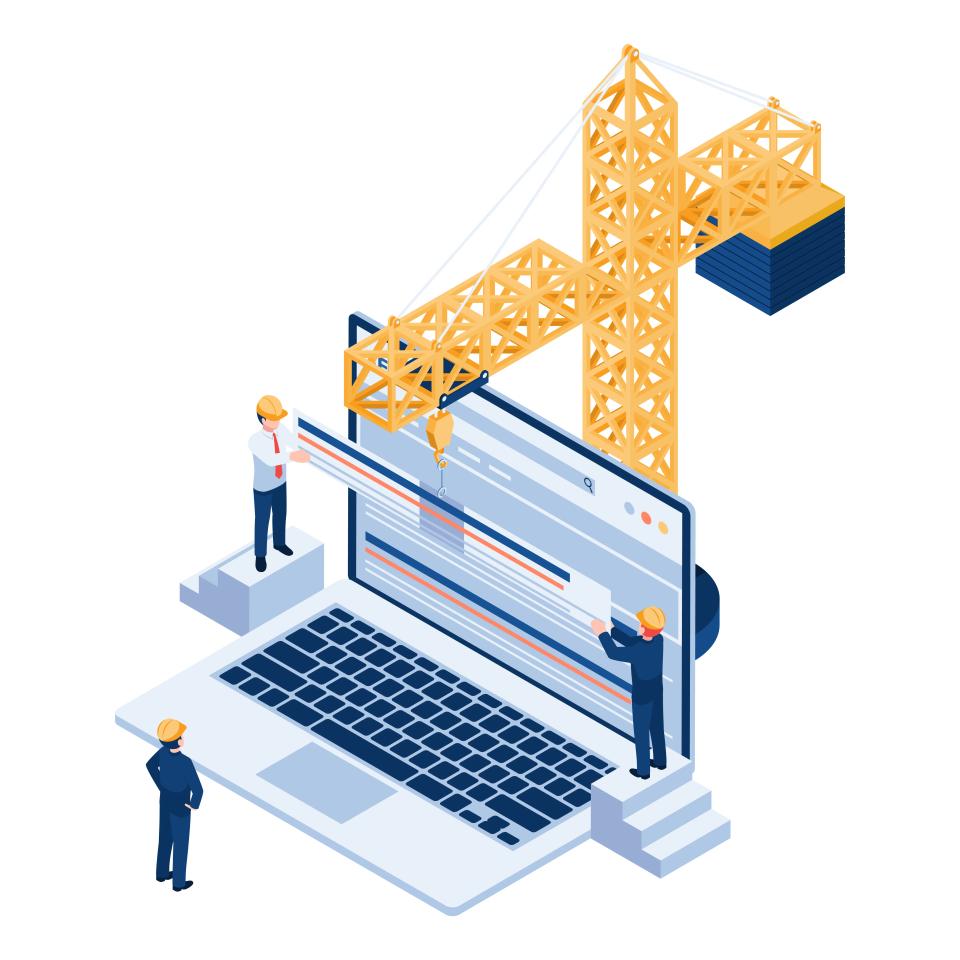Stop what you’re doing. Look at your sales dashboard. Are you happy with what you see?
Now, consider this gut-wrenching fact: a staggering 71.3% of online shopping carts are abandoned, according to SpeedCommerce. That means for every ten potential customers who add a product to their cart, seven of them walk away without giving you a single dollar. They were ready to buy, but something—something on your website—stopped them cold.
Many businesses make a fatal mistake. They choose their e-commerce platform based on a flashy feature list or the cheapest monthly price, completely ignoring the one metric that actually pays the bills: conversions. At CaptivateClick, we know a platform isn't just a tool; it's the foundation of your entire digital sales engine. The right choice ignites growth, while the wrong one is a constant source of friction, lost sales, and sleepless nights.
This isn't another boring feature comparison. This is a definitive 2025 breakdown of the top e-commerce platforms—Shopify, BigCommerce, and WooCommerce—judged through the ruthless lens of conversion optimization. We’re going to uncover which platform has the raw power to turn more of your visitors into loyal, paying customers.
The Conversion-First Framework: 7 Factors That Actually Drive Sales
Before we pit these giants against each other, you need to understand how we judge a winner. Forget the marketing fluff. True conversion power comes down to a handful of critical, non-negotiable factors that speak directly to your customer’s primal brain.
1. Blazing-Fast Performance & Core Web Vitals
Speed isn't a feature; it's a promise. It’s the promise that you respect your customer’s time and won’t make them wait. In a world of instant gratification, every millisecond counts.
A slow website is a silent killer of sales. Even a one-second delay in page load time can slash conversions by 7%. Your platform's core infrastructure determines whether your store feels lightning-fast or frustratingly sluggish, directly impacting your bottom line and your search engine rankings.
This is about building trust from the very first click. A fast, responsive site feels professional and secure, assuring customers that their purchase is in good hands. A slow site screams amateur, driving away buyers before they even see your products.
2. Seamless Mobile-First Checkout
Your customer is probably on their phone right now. Mobile devices account for a massive 73% of e-commerce traffic, yet desktop users convert at nearly double the rate. Why the disconnect?
The answer is friction. Clunky forms, tiny buttons, and endless steps in a mobile checkout process are conversion poison. A seamless, intuitive mobile checkout isn't a luxury; it's an absolute necessity for survival in 2025.
Your platform must deliver a checkout experience so smooth, so effortless, that buying from you feels easier than not buying. This is where you win or lose the sale, and a platform with a natively optimized mobile checkout gives you an almost unfair advantage. You can learn more by reading our guide on optimizing mobile checkout processes for maximum conversion rates.
3. Built-in SEO & Marketing Tools
What good is a high-converting store if no one can find it? The best platforms don't just display your products; they help you attract hungry buyers. This starts with powerful, built-in search engine optimization tools.
Organic search traffic converts at an average of 2-4%, making it a vital channel for sustainable growth. Your platform needs to give you granular control over URLs, meta descriptions, and site structure to dominate search results. It should also integrate seamlessly with tools for email marketing, which ConvertCart notes has an incredible 10.3% average conversion rate.
Think of these tools as your built-in sales team, working 24/7 to bring qualified traffic to your digital doorstep. A platform that skimps on SEO and marketing features is forcing you to fight for customers with one hand tied behind your back.
4. App Ecosystem & Integrations
No single platform can do everything perfectly. The true power lies in its ability to connect with other best-in-class tools. This is where the app ecosystem becomes your secret weapon for maximizing sales.
Want to add customer reviews to build social proof? There’s an app for that. Need to implement an abandoned cart email sequence or an upsell pop-up? There’s an app for that, too.
A robust app marketplace allows you to plug in specialized tools for personalization, loyalty programs, and advanced analytics. This extensibility transforms your store from a simple shop into a dynamic, intelligent selling machine that adapts to your customers' needs.
5. A/B Testing & Analytics Capabilities
Do you know why your customers are leaving? Are you guessing which headline or product image will sell better? If you're not testing, you're leaving money on the table.
The ability to easily run A/B tests on product pages, checkout flows, and promotional banners is critical. It’s the only way to replace guesswork with hard data, making small, incremental improvements that lead to massive gains in revenue over time. According to Ruler Analytics, the average conversion rate is just 2.9% across industries, meaning there is huge room for data-driven improvement.
Your platform must provide clear, actionable analytics. It should make it easy to understand customer behavior and identify the exact points of friction in your sales funnel, so you can fix them and watch your conversion rate climb.
6. Scalability & Security
Imagine your business suddenly goes viral. Can your website handle the flood of traffic, or will it crash and burn at your moment of triumph? Scalability is about ensuring your platform can grow with you, from ten sales a day to ten thousand.
Security is the bedrock of customer trust. A single data breach can destroy your reputation and your business overnight. Your platform must be fortified with enterprise-grade security, including SSL certificates and PCI compliance, to protect your customers' sensitive information.
This is about peace of mind. You need a platform that is both powerful enough for your biggest sales day and secure enough to give your customers the confidence to click "Buy Now."
7. Design Flexibility & UX Customization
Your brand is unique. Your store should be, too. Cookie-cutter templates create a forgettable experience that blends in with the competition.
True conversion power comes from the freedom to create a unique, on-brand user experience that guides customers to purchase. This means having control over the layout, navigation, and visual hierarchy to eliminate distractions and create a clear path to the checkout.
A platform with high design flexibility allows you to build a store that doesn't just look beautiful but is strategically engineered to persuade and convert. It’s the difference between a simple online catalog and an immersive brand experience that builds loyalty and drives repeat business.
E-Commerce Platform Comparison 2025: The Top Contenders for Conversion
Now that we have our framework, let's put the big three to the test. Which platform truly delivers on the promise of maximizing conversions?
Shopify: The All-in-One Conversion Machine
Shopify is built for one thing: selling. It’s an incredibly powerful, user-friendly platform designed for everyone from ambitious startups to global enterprises who want to get to market fast and scale without headaches.
Its greatest conversion strength is its world-class checkout. It's fast, trusted, and optimized to perfection, especially with Shop Pay, which streamlines the process for millions of returning customers. While the average Shopify store conversion rate is around 1.4%, top-tier stores on the platform consistently exceed 4.7%, proving its immense potential when optimized correctly. The platform also boasts an unbeatable app ecosystem, giving you an arsenal of conversion-boosting tools at your fingertips.
However, this ease of use comes with some trade-offs. While its SEO is good, it offers less granular control over things like URL structures compared to its rivals. Furthermore, unless you use Shopify Payments, you'll face transaction fees on every sale, and its theme-based design can feel restrictive if you're aiming for a truly bespoke user experience without custom development.
BigCommerce: The Feature-Rich Powerhouse for SEO
BigCommerce is engineered for serious sellers, particularly mid-market and enterprise businesses with large, complex product catalogs. Its biggest claim to fame is its best-in-class, out-of-the-box SEO capabilities, giving you the tools to dominate organic search from day one.
Unlike Shopify, BigCommerce includes a huge number of powerful conversion features natively, such as an abandoned cart saver and customer segmentation, reducing the need for paid apps. It’s also built for scale, handling massive catalogs and high traffic volumes with ease, and it charges zero transaction fees regardless of your payment processor. This makes it a financially compelling choice as your business grows.
The trade-off is a steeper learning curve. The backend is more complex than Shopify's, which can be intimidating for beginners. While its app store is growing, it's still smaller than Shopify's, and its premium design themes can be a significant upfront investment.
WooCommerce: The Customizable Choice for WordPress Users
WooCommerce is different. It's not a standalone platform but a free, open-source plugin that transforms any WordPress website into a powerful e-commerce store. This makes it the ultimate choice for businesses that demand absolute control and limitless customization.
Its conversion strength lies in its infinite flexibility. With WooCommerce, you can build any user experience you can imagine, creating a truly user-centric web design that boosts e-commerce conversions. It also leverages the full SEO power of WordPress, allowing for unparalleled control over your on-page and technical optimization.
But this freedom comes with great responsibility. Your store's performance, speed, and security are entirely dependent on your hosting and technical management. A poorly managed WooCommerce site can be slow and vulnerable, destroying conversions and customer trust. It requires significant hands-on maintenance, and there's no central support team to call when things go wrong, making it a choice best suited for those with technical expertise or a dedicated partner to handle the critical hosting and maintenance strategies.
At-a-Glance: Conversion-Focused Platform Comparison Chart
| Feature (Conversion Factor) | Shopify | BigCommerce | WooCommerce |
|---|---|---|---|
| Ease of Use | ★★★★★ | ★★★★☆ | ★★★☆☆ |
| Checkout Experience | ★★★★★ | ★★★★☆ | ★★★☆☆ |
| Built-in SEO | ★★★★☆ | ★★★★★ | ★★★★★ |
| Performance (Out-of-Box) | ★★★★★ | ★★★★☆ | ★★☆☆☆ |
| App Ecosystem | ★★★★★ | ★★★★☆ | ★★★★★ |
| Design Flexibility | ★★★☆☆ | ★★★☆☆ | ★★★★★ |
| Best For... | Ease & Speed | SEO & Large Catalogs | Ultimate Customization |
Beyond the Platform: The Keys to Unlocking True Conversion Potential
Here’s the hard truth: even the world's best e-commerce platform is just a foundation. A powerful engine is useless without a skilled driver. True conversion success is born from strategy, execution, and relentless optimization.
A beautiful website is not enough. It must be strategically designed with a deep understanding of user psychology to guide visitors toward the "add to cart" button. Every element, from the color of a button to the placement of a testimonial, must serve the singular purpose of making the sale.
This is where continuous conversion rate optimization (CRO) comes in. Through rigorous A/B testing, heatmap analysis, and user feedback, you can constantly refine your store's experience. This commitment to expert conversion optimization for e-commerce websites is what separates the top 1% of online stores from the rest.
Finally, technical excellence is non-negotiable. Flawless performance, ironclad security, and seamless functionality build the subconscious trust required for a customer to hand over their credit card information. This is the invisible framework that supports every single conversion.
Conclusion: Making the Right Choice for Your Business in 2025
We've dissected the giants. Shopify offers unparalleled ease of use and a world-class checkout. BigCommerce provides powerful built-in SEO and zero transaction fees for scaling businesses. WooCommerce delivers ultimate control and customization for those who demand it.
There is no single "best" platform. The right choice depends entirely on your business goals, your technical resources, and your ambition. The real question isn't just which platform to choose, but who you'll trust to build it into a high-performance sales machine.
Feeling overwhelmed? Choosing the right platform is a critical decision, and building it for maximum conversions is even harder. At CaptivateClick, we specialize in creating high-performing e-commerce experiences. Schedule a free, no-obligation consultation with our e-commerce strategists today, and let's build a store that doesn't just look good—it sells.













